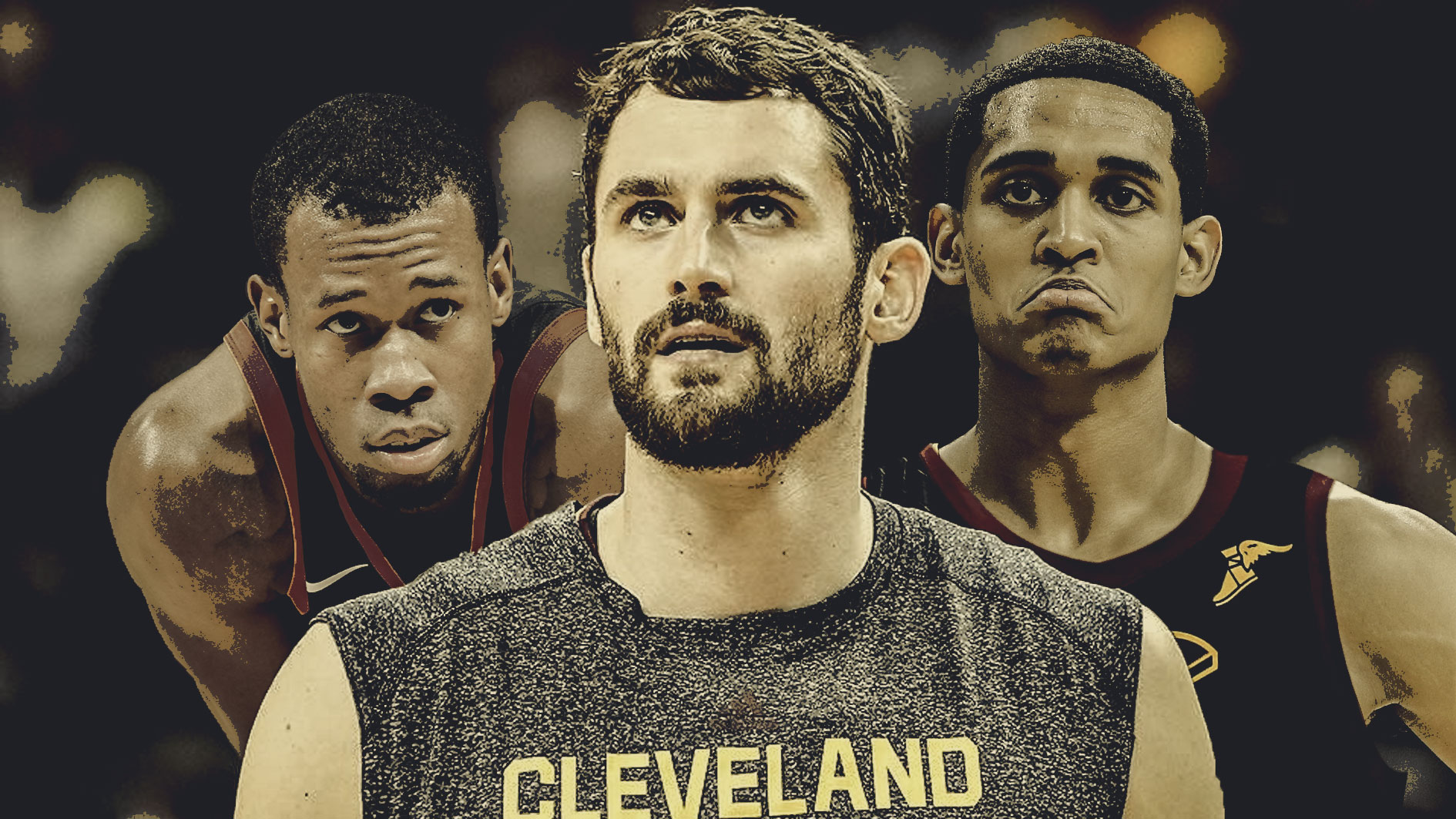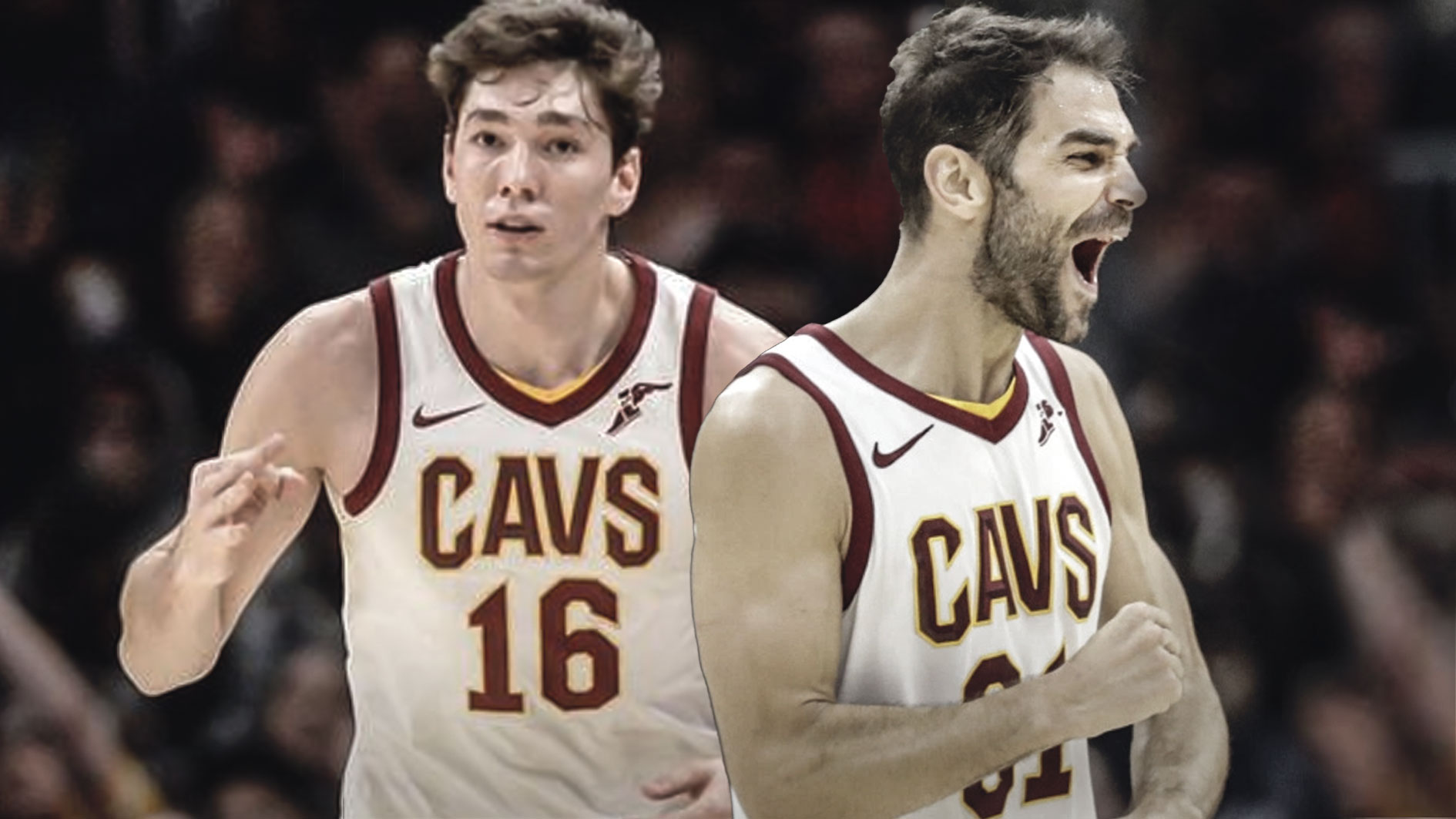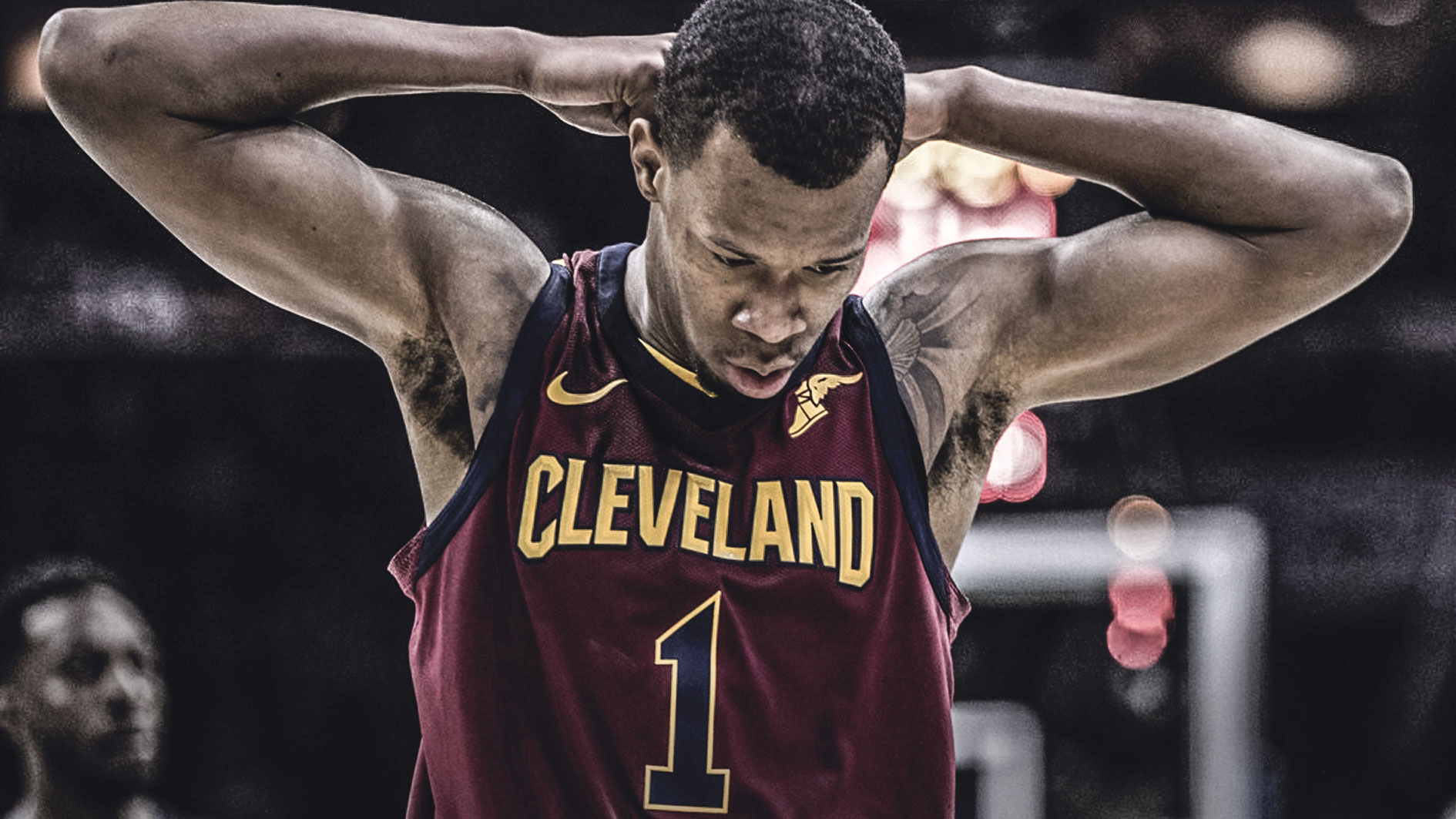On February 11th, just three days after being traded to the Cleveland Cavaliers, Jordan Clarkson made his debut for the Cavs against the Boston Celtics, and he immediately made a big impact. He scored 17 points on 7-11 shooting, including 3-4 from beyond the arc, as Cleveland crushed Boston by 22 points.
Clarkson followed that performance up with a 14-point night (on 6-10 shooting) two days later in a win against the Thunder, and his best game as a Cavalier came on March 30th in a five-point victory over the New Orleans Pelicans, as he poured in 23 points on 9-13 shooting and 4-4 from deep.
Those games seem almost fictional at this point, as Clarkson has devolved into an offensive black hole seemingly incapable of passing or making shots at an efficient rate. And yet, he is still seeing significant playing time in the NBA Finals. If Clarkson has been so bad, why does he still have a spot in the rotation?
As a member of the Los Angeles Lakers during the first half of the 2017-2018 season, Clarkson averaged 14.5 points per game on 45% shooting from the field and 32% from three-point range. After being traded, Clarkson is averaging two fewer shots per game, and his scoring mirrors his fewer attempts, as it dropped to 12.6 points. However, his efficiency improved, as he shot 46% from the field and an impressive 41% from beyond the arc.
But once the playoffs began, Clarkson’s performance plummeted. As head coach Ty Lue began to tighten up his rotation, Clarkson’s playing time fell by about seven minutes per game, but that is the least dramatic shift. His field goal percentage is just 30%, and his three-point clip is only 24%.
Clarkson is in a major offensive slump, and it’s only getting worse. He has only shot better than 39% three times this postseason, with the last time that happened coming in the Cavaliers’ game 2 blowout of the Toronto Raptors back on May 3rd.

CP
Clarkson had five points on 2-5 shooting that night. Since that game, he is 21-71 (28%) from the field and 7-26 (27%) from three. He also had a grand total of four assists in that time frame, including a seven game stretch where he had none.
The more recent and specific you get with Clarkson’s stats, the worse they look. The last time he shot even 33% from the field was the Cavs’ game 6 win over Boston in the Eastern Conference Finals. Out of the 19 games he has played this postseason, he has shot under 34% in 14 of them.
To Clarkson’s credit, his abysmal performance hasn’t made him gun-shy, as he continues to shoot. But this isn’t necessarily a good thing. Clarkson has never been known as a great passer, but recently he’s developed an even greater tendency to hold the ball rather than giving it up to teammates in a better position than his. Ball movement is one of the keys to the Cavaliers winning games, especially against the Golden State Warriors, and Clarkson is actively hurting that.

There is a reason for why Clarkson continues to play. It may not be a very good one, but it is a reason nonetheless.
Aside from LeBron James, Cleveland is very short on players who can create their own shot in isolation. Many of their key rotation members (Kevin Love, Kyle Korver, even George Hill to an extent) are dependent upon ball movement to get open shots. Clarkson is one of the few Cavs who aren’t like this. He has the ball handling and athleticism to score in isolation, whether on a jumpshot or a drive to the basket.
At least, he has the ability to do this on paper. He has still been creating his own shot, he’s just been missing nearly 75% of the time. At this point, it seems as if Lue is banking on Clarkson breaking out of his slump and all of a sudden again becoming the player he was when he first joined the team.

CP
That may not be the best gamble to take, as Clarkson has been in a prolonged slump, and the Cavaliers can lose only one more game or their season is over. One option is to take some (or most) of Clarkson and J.R. Smith’s minutes and give them to some of Cleveland’s bench players, to see if they can give any sort of offensive contribution. This will also keep fresh bodies on the floor, and improve the Cavs’ team stamina as a whole.
Jose Calderon is the only other point guard on the roster besides Clarkson and Hill. At 36-years-old, he is not going to be able to play for 30-plus minutes a game or provide much defensive resistance, but Calderon is an extremely cerebral player.
He has a very high basketball IQ and knows how to create good shots for his teammates. He is a pass-first guard, although he can hit the open three when called upon; he shot 46% from deep during the regular season. Calderon won’t take Clarkson’s spot, but playing him for five to 10 minutes wouldn’t be the worst idea.

Rookie Cedi Osman is possibly Cleveland’s most energetic player. He may not be the most skilled or refined player at this point, but he will give 100% on every player. He’s no slouch offensively either, as he has good handles for a player his size and shot 37% from three-point range during the campaign.
Trade deadline acquisition Rodney Hood may end up being the player that replaces Clarkson in the rotation. Lue has said that Hood will play in Game 3. If he can get himself focused mentally, Hood can be a dynamic weapon for the Cavs.
Alas, Hood played 26 minutes in Game 3, putting up 15 points on 7-11 shooting from the floor, but his plus/minus was on the wrong side of zero, finishing with a minus-12 (worst of any of the Cavaliers).

ClutchPoints
He would be a tough matchup defensively for the Warriors because of his length, athleticism, and scoring ability, but he hasn’t been good in the postseason. He’s shooting just 42% from the field and has been inactive for multiple games. Hood laid and egg in the playoffs last season for Utah so it’s not a new thing.
Jordan Bell, Kevon Looney, Patrick MccCaw, David West, and Nick Young are all Warriors who have seen playing time in this series. If Golden State can expand their rotation and win, why can’t Cleveland? Strength in numbers can only help, especially when it would reduce the role of one of the Cavs’ most ineffective players.
